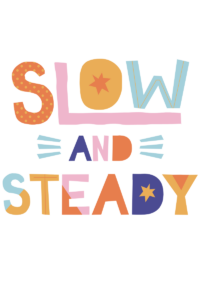Year after year students struggle to grasp the comparison symbols. So we revert to tricks like the alligator, crocodile or Pacman “eating” the bigger number. Although these gimmicks may be cute and fun for the students, it is not linked to conceptual understanding.
I was with a group of students recently, and they were using a comparison symbol as part of their Number Talk routine. The students could pick out which symbol to put in the circle with the numbers provided. An example of such problems is in the picture below.
However, when I changed the question and offered them just the symbols and no numbers, the class drew a blank. One student said it could not be solved because it did not have the numbers in place. So here’s my question to you, do students have a real grasp of these comparison symbols, what they represent and how to use them?

Students misunderstanding symbols is nothing new. Oftentimes when children are younger, they confuse the addition and subtraction symbol. What’s interesting is that we don’t give them meaningless tricks to learn those symbols. Instead, we give them modeling, repeated exposure. Couldn’t we use the same approach with comparison symbols?


When teaching comparison symbols start off by using the words less than, greater than, and equal to using no symbols.
Then transition to words with the symbol underneath so they have some support.
After that give students typical problems like the first example shown above.
And finally, extend the models so that students are filling in the numbers and the symbols have already been provided for them.
I would also add that this sequence should be used with the upper elementary grades as well. The classroom misconception that I discussed earlier was in a third-grade classroom. As you know by that grade students should be able to link the meaning and the symbol and not rely on a trick.
More activities can be found at:
Teaching The Common Core Math Standards With Hands-On Activities
Developing Number Concepts Counting Comparing and Pattern
Robert Kaplinsky’s Depth of Knowledge charts.
Want to check out more?
MEMBERSHIP SITE:
https://zennedmath.com/online-courses/
FACEBOOK GROUP: Zenned Math Teachers
https://www.facebook.com/groups/zennedmathteachers/
YOUTUBE CHANNEL: Zenned Math
https://www.youtube.com/channel/UC5njH_5LoK6G67BvZecGfnw?
WANT ME IN YOUR INBOX? Sign up for my newsletter
https://view.flodesk.com/pages/5efc876dcaabca0028b95eb5
DISCLAIMER: Some links included in this blog might be affiliate links. If you purchase a product or service with the links that I provide, I may receive a small commission. There is no additional charge to you!

